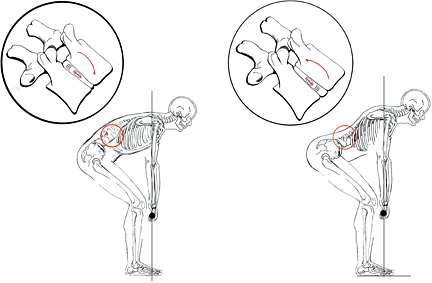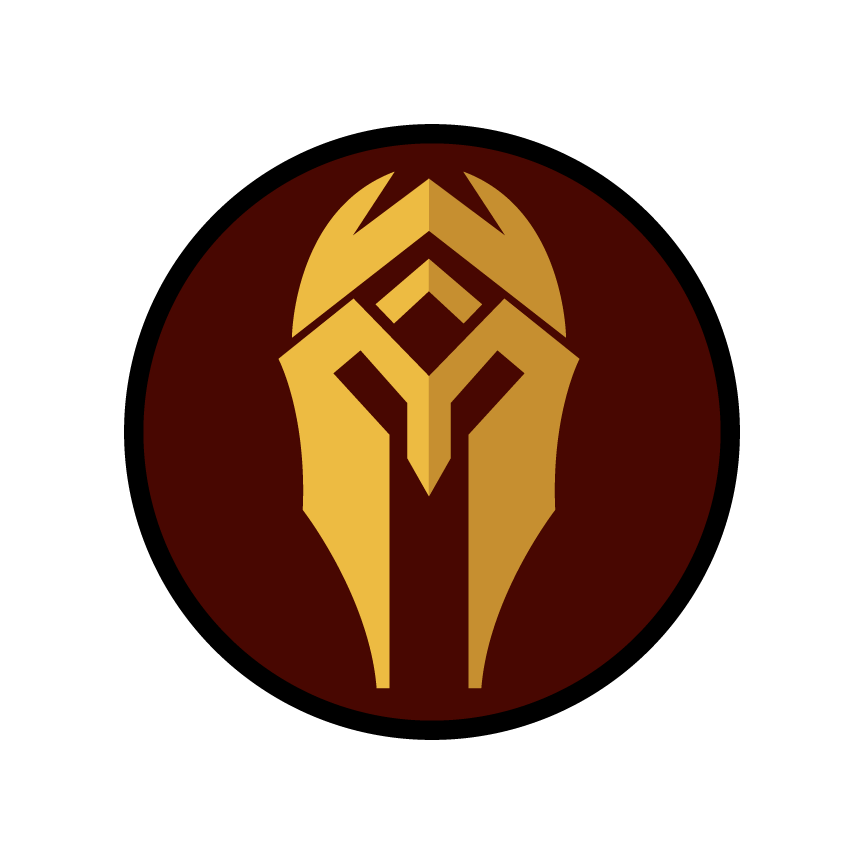By William E. Morgan, DC and Chris Feil, DC
Editor's note: This is the second in a continuing series on cross-fitness training. The first article appeared in the Sept. 9 issue.
With the rising number of people joining the cross-fitness movement and the lack of adequately trained coaches, there is a high likelihood that we will continue to experience an increase in cross-fitness-related injuries.
While the cross-fitness movement has many positive benefits and we do not want to discourage people from exercising, we need to be able to protect those interested in this increasingly popular exercise program.
Cross-fitness, as stated in our previous article, is based largely on the implementation of compound motion patterns that use groups of muscles, rather than isolated muscles. The workouts are varied and seek to maintain physiological confusion and turbulence to continually challenge participants' bodies to adapt to higher levels of fitness. A mainstay of these programs is squatting motions.
Our first article provided an overview of this fitness phenomenon. Now let's discuss some specific biomechanical considerations of the exercises commonly performed in cross-fitness training, with specific emphasis on the principles of protecting the lumbar disc while squatting.
Perfect Practice Makes Perfect; Practice Just Makes Permanent
Squatting is required to perform dozens of exercise variations used in cross-fitness programs: squats, dead-lifting, power cleans, clean and jerks, truck tire flipping, kettlebell presses, bends and thrusts (aka, burpies), lunge walking, box jumping, jumping lunge squats and more. These exercises are frequently performed rapidly while striving to execute a high number of repetitions as part of a timed workout. Exercising in this manner quickly fatigues the participants, increasing the likelihood of form degradation. This is usually manifested in flexion of the lumbar spine.
We know from Alf Nachemson's work1 that curling the lumbar spine forward increases disc pressure, especially when lifting. We also know that lumbar flexion encourages migration of the nucleus pulposa posterior toward the spinal nerves (Figure 1). Maintenance of normal lumbar lordosis is protective for preventing disc injuries (Figure 2).

Figure 1 (left): This lifter curls their spine forward. This method of lifting causes the nucleus of the disc to migrate posterior, increasing the likelihood of a lumbar disc derangement. This method of lifting is dangerous and should be avoided. Figure 2 (right): Maintenance of a normal lumbar lordosis when squatting is protective for preventing disc injuries. Note that this lifter bends forward pivoting only at the hips, not the spine. In this manner, forward truncal fl exion can safely take place and lumbar disc injury is avoided.
It is important to maintain the lumber spine in lordosis whenever squatting or bending. The lower you bend, the more likely you are to flex the spine. The more you flex your spine, the more likely you are to sustain a disc injury. Truck tire flipping and sandbag lifting, both of which are popular cross-fitness exercises, require squatting deep enough to allow the back of your hand to reach the ground prior to lifting. This is more dangerous than dead-lifting a barbell that is 10-12 inches above the floor. Rapid tire flipping while competing against a stopwatch further increases the likelihood of injury.
Proper squatting technique will reduce the likelihood of spine injury. The primary components of a proper squat include: maintaining lumbar lordosis, proper hip motion, gluteal activation, and core stiffening. These are all integral parts of the squatting motion and are difficult to tease out into individual components. For the sake of clarity, we will address each component in separate articles while alluding to the other components.
It is our contention that before anyone begins a cross-fitness program, they should know how to perform a proper squatting motion, and have practiced it enough times to establish an enduring neurological "groove" - a neurological motor pattern that has been practiced to the point of becoming the dominant sequence of motion for a particular action. In regards to neurologic motor patterns, practice does not make perfect. Perfect practice makes perfect. Practice just makes permanent.
Cross-fitness aspirants should practice proper squatting to the point that they virtually cannot squat wrong. Only after a safe squatting groove is established should a participant progress to more advanced programs.
The Proper Squat
Begin by locking the lumbar spine into natural lordosis while standing with your feet slightly wider than shoulder-width apart and your toes turned out slightly. The chest should be held out and the abdominal muscles stiffened. Continue to hold the lumbar spine in a stiff lordosis and use the movement of your hips to lower your body. Your buttocks should travel inferior and posterior as you squat.
 Figure 3: An effective method to enforce proper squatting technique is the use of a rod held against the spine as a proprioceptive feedback tool. If the subject varies from proper technique, they will feel their back change positions in relation to the rod. It cannot be emphasized enough that hip motion is more important than spine motion when it comes to protecting the lumbar spine. Virtually all lumbopelvic motion of squatting should come from the hips. As you descend and ascend during the squat, attempt to engage your gluteal muscles by maintaining a constant low-level contraction of external rotation of the hips. (We will discuss gluteal activation more fully in a subsequent article.)
Figure 3: An effective method to enforce proper squatting technique is the use of a rod held against the spine as a proprioceptive feedback tool. If the subject varies from proper technique, they will feel their back change positions in relation to the rod. It cannot be emphasized enough that hip motion is more important than spine motion when it comes to protecting the lumbar spine. Virtually all lumbopelvic motion of squatting should come from the hips. As you descend and ascend during the squat, attempt to engage your gluteal muscles by maintaining a constant low-level contraction of external rotation of the hips. (We will discuss gluteal activation more fully in a subsequent article.)
An effective method to enforce proper squatting technique is the use of a rod held against the spine as a proprioceptive feedback tool (Figure 3). If the subject varies from proper technique, they will feel their back change positions in relation to the rod. When done correctly, the spine will maintain the same contact with the rod throughout the entire squatting motion and the hips will do virtually all of the movement.
In addition to proper technique, it is important to identify the most hazardous time of day to challenge the lumbar discs. Due to the diurnal effects of disc hydration, discs hydrate at night and lose hydration throughout the weight-bearing hours of the day; discs are larger and more prone to injury in the early morning. For this reason, we recommend that strenuous activities such as rigorous squatting exercises be avoided for the first 1 1/2 hours after rising.
| Componets of Proper Squatting Stiffening of the core muscles Maintain a lumbar lordosis Use your hips, not your spine Gluteal activation |
Whether you are an 85-year-old woman with osteoporosis or the most avid cross-fitness devotee, proper squatting technique is important. Learning how to squat safely should be part of virtually every patient's program of spinal hygiene. Squatting is not just an exercise; it is an integral part of human existence and is important for independent living. (One of the factors that will compel the elderly or infirmed to relocate into an assisted living community is the inability to squat onto a commode or to rise from it.) Aside from helping cross-fitness enthusiasts, your increased knowledge of the technicalities of squatting motions should help virtually all of your patients enjoy healthier and more fulfilling lives.
Reference
- Nachemson AL. In vivo discometry in lumbar discs with irregular nucleograms. Acta Orthop Scand, 1965;36;426.
The views expressed in this article are those of the authors and do not necessarily reflect the official policy or position of the Department of the Navy, Department of Defense or the U.S. government. This is the second in a series of articles addressing cross-fitness. Future articles will present foundational components of core stabilization and gluteal activation, as well as the prevention of shoulder injuries.
Reprinted from Dynamic Chiropractic – October 7, 2009, Vol. 27, Issue 21
